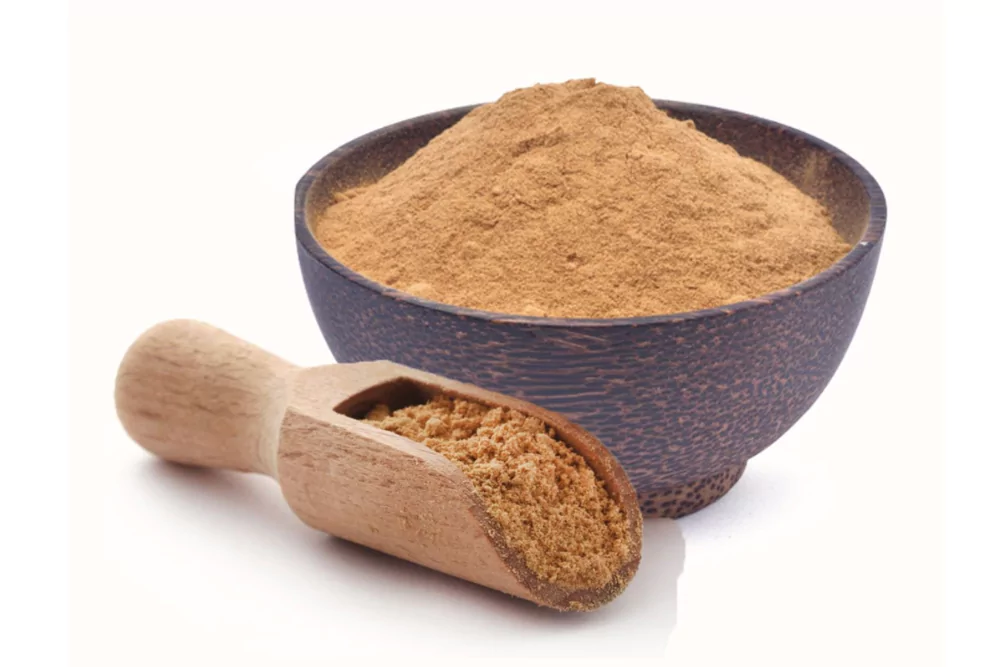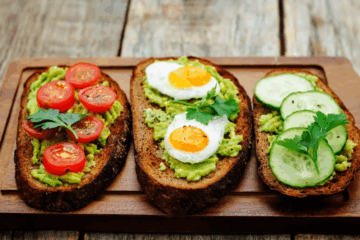Headaches and migraines are common ailments that disrupt daily life. While over-the-counter painkillers are widely used, they can lead to side effects with prolonged use. This is where natural remedies like hing (asafoetida) step in. Hing has been traditionally used in Ayurvedic medicine and is now gaining recognition for its pain-relieving properties. In this blog, we’ll explore how hing can help with headaches and migraines, its safety, application methods, and more.
How does hing work as a pain reliever? Does it really help with headaches and migraines?
Short Answer: Hing works as a natural painkiller due to its anti-inflammatory, antispasmodic, and antioxidant properties. These attributes help alleviate headaches and migraines effectively.
Long Answer:
- Anti-Inflammatory Properties: Hing contains bioactive compounds like ferulic acid that reduce inflammation, a key trigger for headaches and migraines. By calming inflamed blood vessels, hing can ease pain and discomfort.
- Antispasmodic Effects: Tension headaches often result from muscle spasms. Hing’s antispasmodic properties relax the muscles in the head and neck region, reducing pain intensity.
- Antioxidant Benefits: Free radicals and oxidative stress can exacerbate migraines. Hing, being rich in antioxidants, neutralizes these free radicals and minimizes oxidative damage, offering relief.
- Improved Blood Circulation: Headaches caused by restricted blood flow, such as vascular headaches, can be relieved as hing enhances blood circulation.
- Neuroprotective Properties: Some studies suggest that hing supports nerve health, which can be beneficial for chronic migraine sufferers.
Is hing safe to use as a remedy for headaches and migraines? Are there any side effects?
Short Answer: Hing is generally safe when used in moderation. However, overuse may lead to side effects like bloating, nausea, or skin irritation in sensitive individuals.
Long Answer:
- Safe for Most People: Asafoetida is a natural ingredient that has been consumed for centuries in small quantities without adverse effects.
- Potential Side Effects: Overconsumption of hing can lead to digestive discomfort such as bloating or gas. Moderation is key to reaping its benefits safely.
- Allergic Reactions: While rare, some individuals may experience allergic reactions like nausea, dizziness, or skin irritation. It’s advisable to perform a patch test before topical application.
- Precautions: Pregnant women, breastfeeding mothers, and individuals on blood-thinning medications should consult a healthcare provider before using hing.
- Children: Hing should be used cautiously in children and only in minimal quantities.
What are the best ways to use hing for headache or migraine relief? Should I ingest it or apply it externally?
Short Answer: Hing can be ingested in warm water or applied externally as a paste. Both methods are effective for relieving headaches and migraines.
Long Answer:
| Method | Instructions | Effectiveness |
|---|---|---|
| Ingestion | Mix a pinch of hing in warm water or herbal tea and consume it. This method helps in relieving tension headaches and migraines from within. | Moderate |
| Topical Application | Create a paste using hing and water. Apply it directly to the forehead and temples for localized pain relief. | High |
| Cooking | Add hing as a spice to your daily meals. Regular consumption may help reduce the frequency of migraines over time. | Long-Term |
How quickly can I expect relief from a headache or migraine after using hing?
Short Answer: Relief from headaches or migraines can be expected within 15–30 minutes after using hing, depending on the severity of the symptoms and the method of application.
Long Answer:
- Immediate Relief: Applying hing paste to the forehead often shows effects within 15–20 minutes. The direct application allows quick absorption through the skin.
- Gradual Relief: Consuming hing in warm water or tea takes about 20–30 minutes for the body to process and provide relief from symptoms.
- Dietary Benefits: Long-term use of hing in daily meals improves overall headache and migraine management by reducing triggers like inflammation.
- Consistency: Using hing consistently helps in reducing the recurrence of headaches over time.
Can hing be combined with other natural remedies for better results against headaches and migraines?
Short Answer: Yes, hing can be combined with remedies like ginger, turmeric, or peppermint oil for enhanced migraine relief.
Long Answer:
- Ginger: Combine hing with ginger in tea for amplified anti-inflammatory effects, making it an excellent remedy for migraines triggered by inflammation.
- Turmeric: Adding turmeric and hing together in meals enhances their combined antioxidant and anti-inflammatory benefits.
- Peppermint Oil: Massaging peppermint oil onto the temples alongside applying hing paste can provide a cooling sensation and faster pain relief.
- Honey and Lemon: Hing, honey, and lemon in warm water create a soothing tonic that helps alleviate migraines naturally.
- Basil Leaves: Adding crushed basil leaves with hing paste enhances its pain-relieving properties further.
Conclusion
Hing offers a natural and effective way to combat headaches and migraines through its anti-inflammatory, antispasmodic, and antioxidant properties. Whether ingested or applied topically, hing provides relief quickly and safely for most people. By combining hing with other natural remedies like ginger or turmeric, its effectiveness can be further enhanced. Regular use can also help in reducing the frequency and intensity of migraines. For a holistic and natural approach to pain relief, hing is certainly a valuable addition to your routine.





